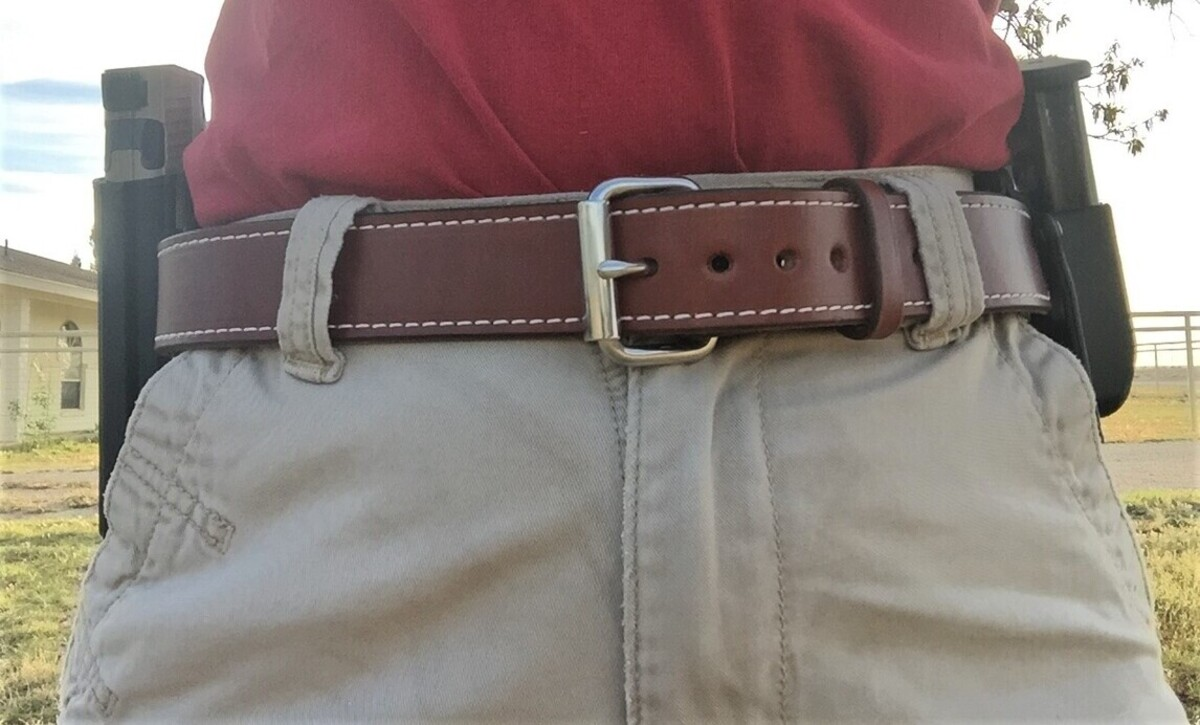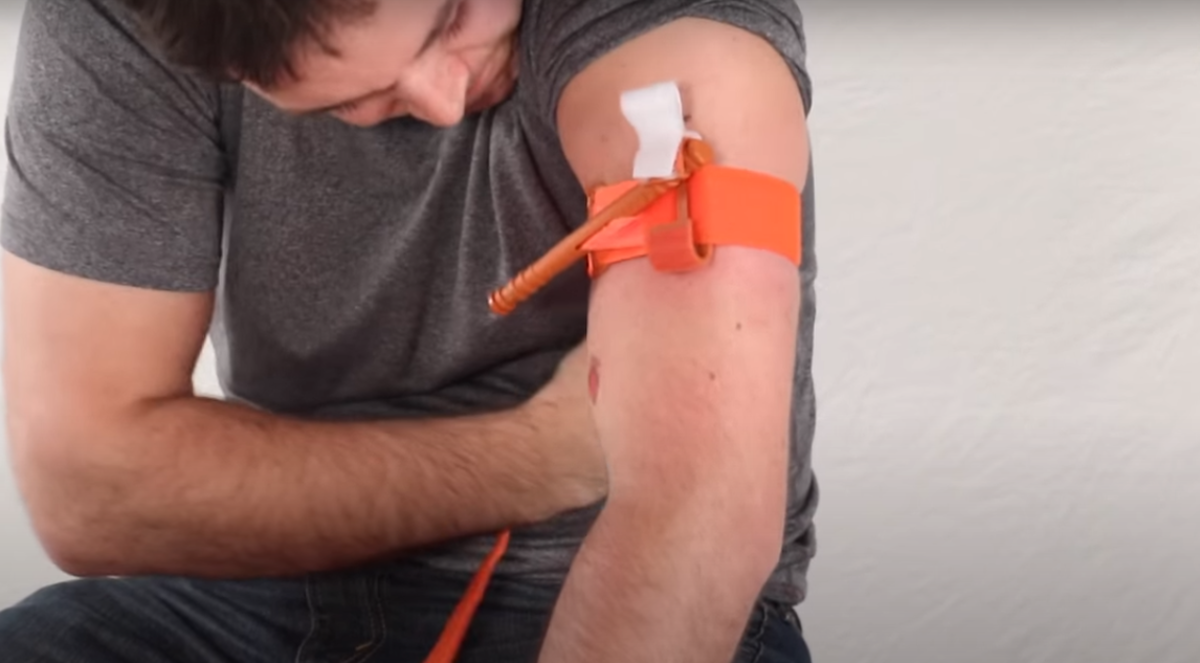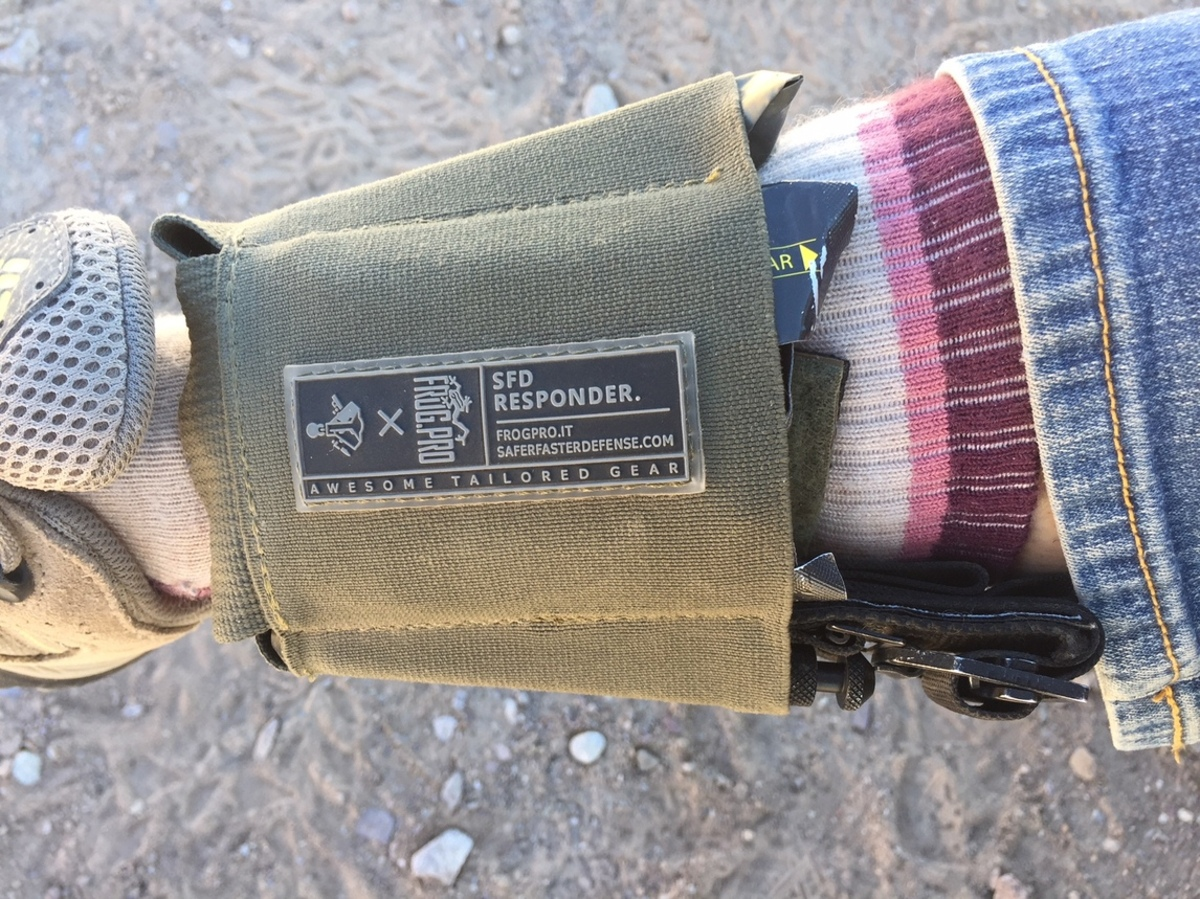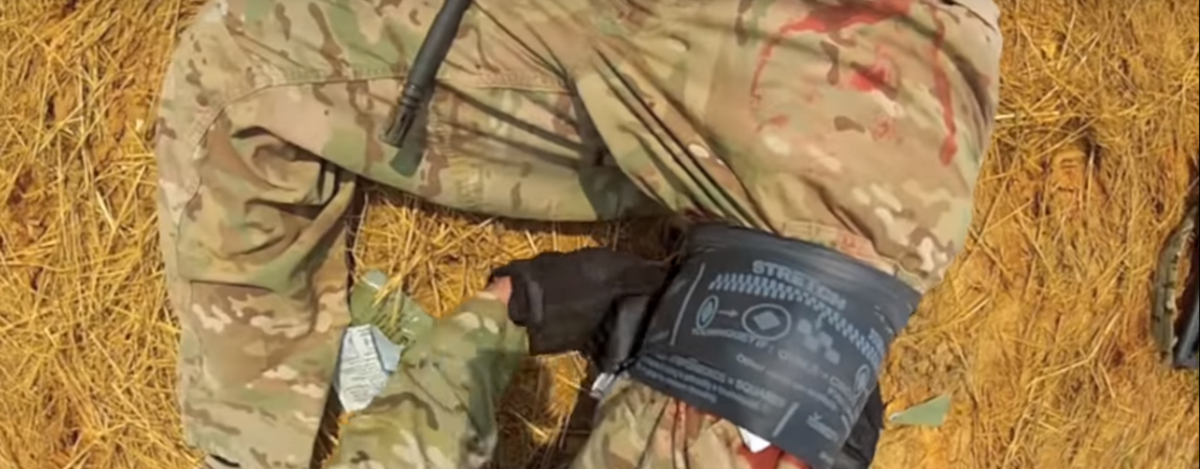May is Stop The Bleed Month – What Have You Done About It?
Eve Flanigan 05.24.21

“Don’t use a tourniquet, you’ll cause the limb to fall off” is still a message that persists from a time when we didn’t have the hard-earned data that’s been collected during what’s called the War on Terror. We and our allies have learned a lot about immediate medical response in the last two decades, some of it gleaned from gunfights and more of which is from injuries and deaths caused by handmade explosives. Now, these priceless lessons have come back to the domestic front, and are saving lives even outside of the realm of violent conflict.
Slowly, the lessons of what is known in military circles as Tactical Combat Casualty Care are percolating into the lives of everyday Americans. Police officers are now routinely trained and equipped for immediate trauma response. The simplest aspects of this, with the greatest effectiveness for preserving life, are getting injured parties to safety while reducing exposure of the uninjured, followed by getting tourniquet application.
For civilians, today’s unprecedented access to the skills and tools available to “Stop The Bleed” – the name the Federal Emergency Management Agency gives to the most basic application of this knowledge – gives outdoors and self-defense minded people increased ability to survive certain traumas. Today, it’s easier than ever for every outdoors enthusiast, household, and motor vehicle to be stocked and ready to stop serious blood loss, at least those located on limbs.
May is designated as Stop The Bleed month, and although it’s nearly over, there’s never a time limit on when to learn basic skills or practice them if you’ve already obtained some knowledge. Anyone who spends time working or recreating outdoors, anyone who drives a vehicle, and anyone who carries self-defense equipment is at risk of needing to know how to “Stop The Bleed,” aka, take swift and decisive action that usually will involve applying a tourniquet to oneself or another.
Stop the Bleed: Myth-Busting on Blood Loss and Tourniquets
Even among people who are aware that a tourniquet can be in place for around 15 hours without causing limb loss, and who are willing to take action, potentially deadly myths persist. Primary among them is “I don’t need a tourniquet, I have a belt on.” Besides the simple truth that a belt may or may not be flexible enough to be pulled sufficiently tight to stop blood flow, people in this camp never seem to consider the need to keep it tight before being in the care of trauma experts. This assumption can prove tragic.

Another erroneous belief among self-appointed immediate care experts is that feminine hygiene products will take care of massive bleeding. There is no logic in this. Those products were made to absorb, not to block or cut off the flow of blood. Please, if you’re in that camp, open your mind and learn a better way. Nobody has to know unless you’ve flapped your jaws about it.
Revisiting the dreaded “you’ll lose a limb” belief, keep in mind that tourniquet use is for life-threatening arterial bleeding, and they are often used as a precaution when non-arterial bleeding leads to massive blood loss. A person has less than five minutes to live, with just two to three minutes of consciousness on average, after a brachial (arm) or femoral (leg) artery is severed. A couple hours in a tourniquet is a small price to pay for staying alive.
And that leads to the last commonly heard myth, something that used to be taught to outdoor explorers such as the Boy Scouts of America, but thanks to the sacrifices of people who wear combat boots to work, we know better. Once a tourniquet is in place, leave it, so long as bleeding has stopped. Opening it to “relieve pressure” is just an invitation to more blood loss.

Where Do I Find Training?
Many local law enforcement agencies now offer Stop the Bleed training as part of their community outreach. If that’s not an option, check out the calendar of events at StopTheBleed.org to see if a public class is available nearby. Or, read, watch, and learn from the numerous videos and posters provided by the Stop The Bleed initiative.
Where Do I Get Gear?
The aforementioned website has a store that provides basic gear, individual immediate aid kits, and larger kits for public venues. Stop The Bleed recommends the Combat Application Tourniquet (CAT), the same choice of many US military and police agencies. Currently in Gen. 7, the CAT is often copied off-trademark and sold at a discount at online stores and trade shows. Beware of imitation CATs. The locking mechanism on knock-off CATs has been known to break under pressure. Purchasing a CAT should cost in the mid-$30s if it is genuine. Using a trusted vendor such as North American Rescue (NAR) guarantees authenticity. There’s no time like the present—NAR is running a 25% off special and a free Stop The Bleed webinar during May.

Where Do I Carry Gear?
Nobody walks around with a tourniquet in their hand. Mine is on my ankle anytime I’m at the range. The SFD Responder, an ankle-borne individual first aid kit, keeps everything ready yet out of the way. I personally carry a SWAT-T (Stretch, Wrap, and Tuck Tourniquet) in my SFD Responder because it fits better than the CAT and can double as a pressure bandage or sling. On duty, a CAT also rides in my cargo pocket.
At home, a CAT resides in my hall tree, easy to grab whether I dash in from outside or from somewhere in the home. And there is always a CAT among other immediate response items inside a fanny pack that hangs ready, but subtly from the back of my car’s headrest. It is this one I ran to when I needed to stop my own major bleed after a home repair accident (I really wish it were a cool tactical story, but life and death happen in mundane ways sometimes). That headrest kit has proven handy on other occasions when my partner and I have driven up on auto accidents in remote areas.

Take Action
There’s no excuse for any outdoors enthusiast not to upgrade their blood-stop readiness. All it takes is a little knowledge, a bit of gear, and willingness to act. The life you save may be your own or that of someone you love. I am no EMS professional. If I can attest that the training and the tools work, anyone can.
Cover image from the cover of the Bulletin of the American College of Surgeons, Vol. 100, N0. 15, September 2015.